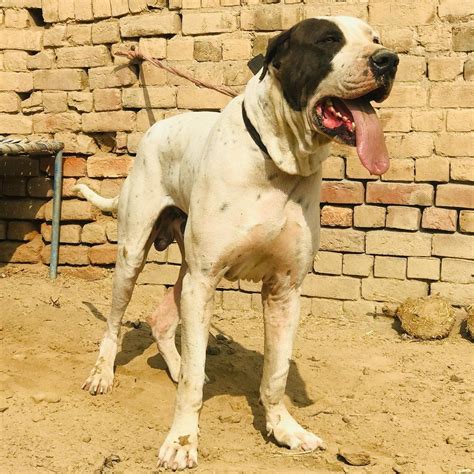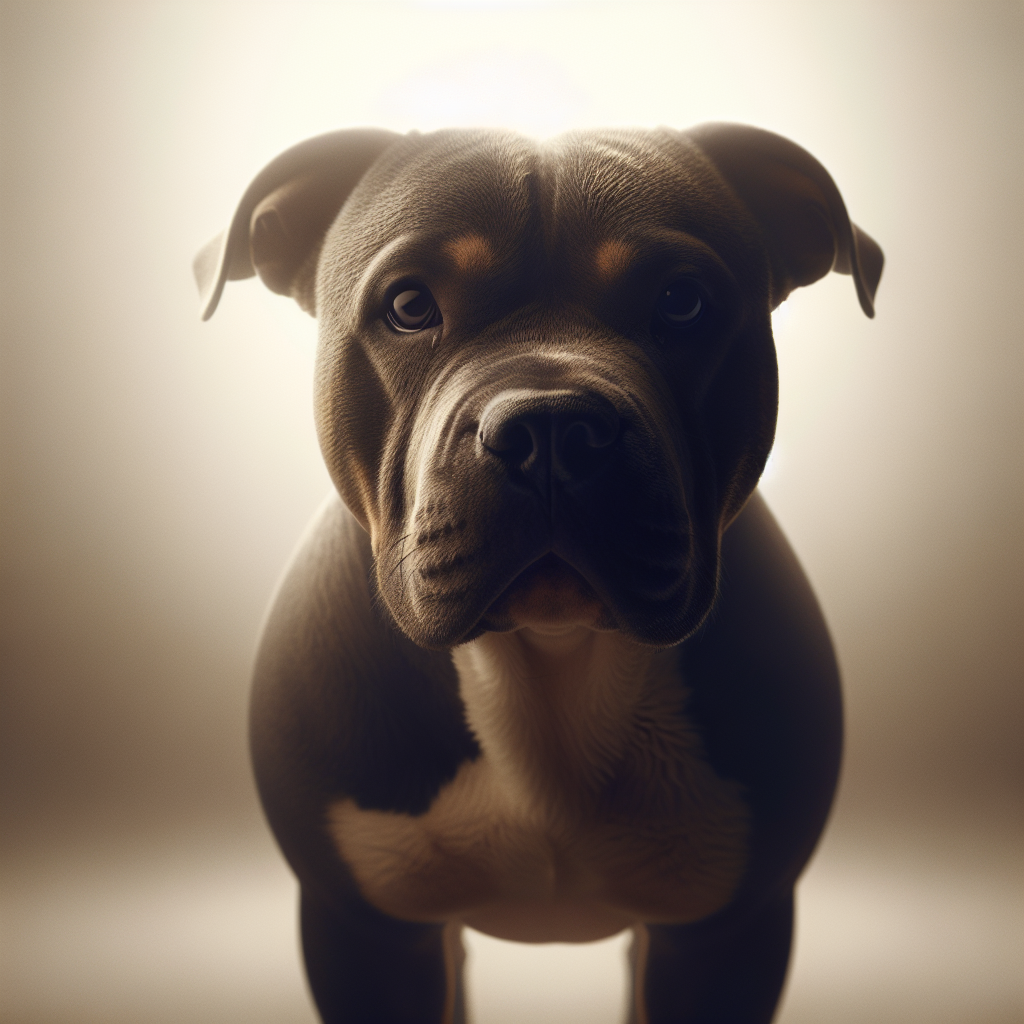
Did you know that the bully kutta, also known as the “Beast of the East,” is a majestic dog breed that has its roots in ancient times? With its unique history and versatile abilities, the bully kutta has earned a formidable reputation as a powerful and loyal companion. In this comprehensive guide, we will take a closer look at the various aspects of the bully kutta dog breed, including its origin, physical characteristics, personality, care needs, the controversy surrounding its name, and the different types of bully kutta.
Bully Kutta Introduction
The bully kutta is believed to have originated in the Indian subcontinent around 4,000 years ago, with its ancestry being traced back to the ancient Alaunt breed. The term “bully kutta” translates to “thickly set dog” in Punjabi and Sindhi, reflecting its muscular build and sturdy appearance. The breed was initially developed for various tasks, including herding, hunting, and guarding. Today, the bully kutta is often used as a working dog, family companion, and protector.
Standing at a height of 28 to 33 inches and weighing anywhere between 154 to 200 pounds, the bully kutta is a large, muscular, and powerful dog. Its coat is short and smooth, with colors ranging from white to fawn, black, brindle, and even harlequin. The breed is known for its strength, endurance, and agility, making it a formidable worker and guardian. Bullies have drooping ears, a square-shaped head, and loose, thick skin around their neck and jaw area – giving them their distinct appearance.
The Bully Kutta Dog Personality
Despite its intimidating appearance, the bully kutta is known for its loyal, protective, and gentle nature. This breed forms strong bonds with its family members and takes its role as a protector seriously. However, it is essential to socialize and train the bully kutta from an early age, as they can be naturally suspicious and territorial around strangers. With consistent training and appropriate guidance, the bully kutta can become a well-behaved and affectionate companion.
The ideal living environment for a bully kutta is a spacious home with a securely fenced yard, as they require ample room to move and play. Apartment living is generally not recommended due to their size, energy levels, and possible booming bark. The breed thrives on human interaction and prefers to be an integral part of the family unit, ensuring that everyone remains safe and protected.
Caring for Your Bully Kutta
Regular exercise is crucial for the bully kutta’s physical and mental well-being. These dogs are built for work and require daily activities to keep them stimulated, happy, and healthy. Long walks, hikes, and interactive games can provide the exercise they need and help channel their energy into positive outlets. Additionally, mental stimulation in the form of puzzle toys, obedience training, and agility exercises help challenge their cognitive abilities, keeping them sharp and engaged.
Grooming your bully kutta is relatively easy, thanks to its short coat. Weekly brushing is sufficient to remove loose hair and maintain coat health. Bathing can be done as needed, depending on your dog’s overall cleanliness and hygiene. It’s also important to regularly check your bully kutta’s ears, eyes, and nails, and schedule routine vet visits to address any health issues common to the breed, such as hip dysplasia and various skin issues.
Bully Cutter Dog: The Controversy Surrounding Its Name
There has been a long-standing debate over the correct spelling and pronunciation of “bully kutta,” with many people referring to it as the “bully cutter” dog. This confusion might be attributed to regional differences in dialect, language barriers, or even variations in the breed’s development. Regardless of the reason, the term “bully cutter” has become ingrained in the dog world as another name for this magnificent breed.
Despite the controversy surrounding its name, what remains consistent is the bully kutta’s power and elegance. As a versatile working dog and loyal companion, it has established itself as an exceptional breed, adaptable to various roles and responsibilities. Regardless of the variation in its moniker, the bully kutta’s capabilities and affectionate nature are universally recognized and celebrated.
Types of Bully Kutta: Understanding the Variations
Regional differences and breeding practices have given rise to various types of bully kutta, displaying variations in appearance and behavior. Environmental influences, availability of breed-specific resources, and local preferences have shaped the development of the breed, resulting in distinct sub-types with unique characteristics and strengths.
For instance, the Multani bully kutta is known for its size and power, while the Aseel bully kutta is revered for its agility and athleticism. Other popular sub-types include the Sindhi bully kutta and the Indian bully kutta, each with distinguishing features and abilities that set them apart from one another. By exploring these variations and understanding the nuances of each type, bully kutta enthusiasts can appreciate the breed’s diversity and rich history that spans thousands of years.

In conclusion, the bully kutta, or the “Beast of the East,” is a powerful and loyal companion with an ancient and diverse background. Key points to remember about this majestic breed include:
- Their origin tracing back to 4,000 years ago in the Indian subcontinent and their varied roles as working dogs, family companions, and protectors
- The breed’s distinctive physical attributes, such as the height of 28 to 33 inches and weight of 154 to 200 pounds along with their impressive strength, endurance, and agility
- Bully kutta’s nature, forming strong bonds with family members and requiring early socialization and training, while also thriving in spacious homes with room for exercise and interaction
- Grooming and care needs, such as their short coat, regular exercise, and attention to their specific health issues
- The controversy surrounding the name “bully kutta” and its variations, including the “bully cutter” dog, and regional differences amongst the breed
Overall, the bully kutta is a versatile and adaptable breed that has become an integral part of the lives of many dog enthusiasts, regardless of the variation in its name. By understanding and appreciating the breed’s rich history and diverse characteristics, we can ensure that these magnificent dogs thrive as loyal and loving companions, protectors, and workers.
